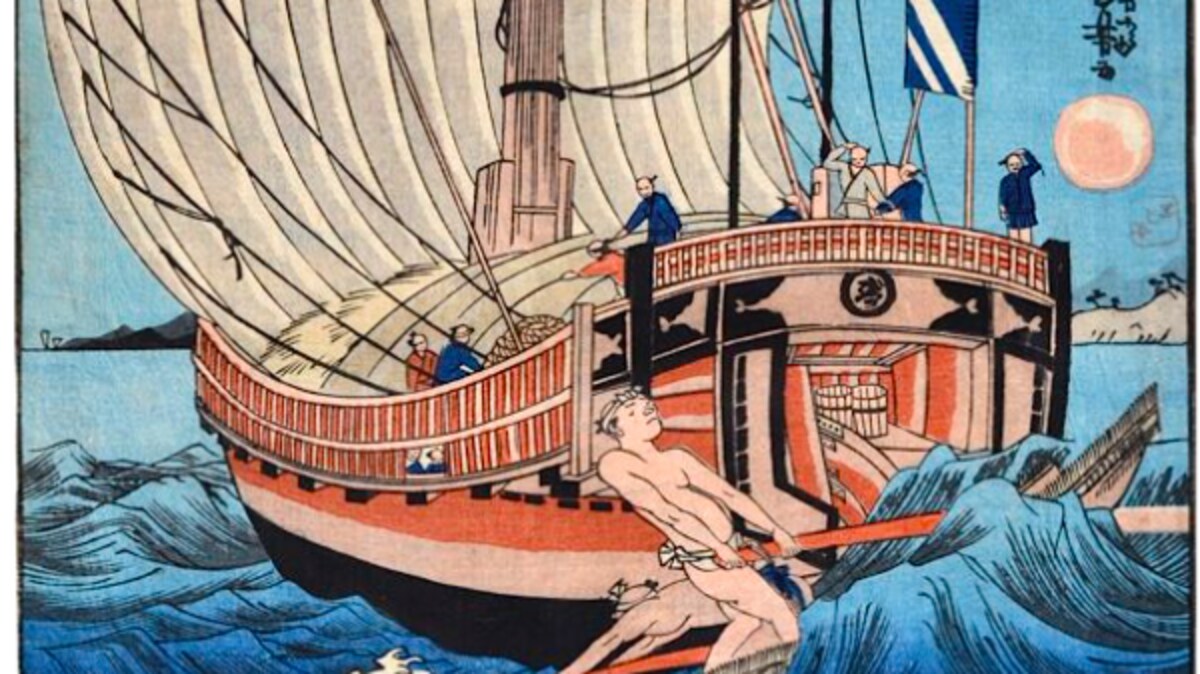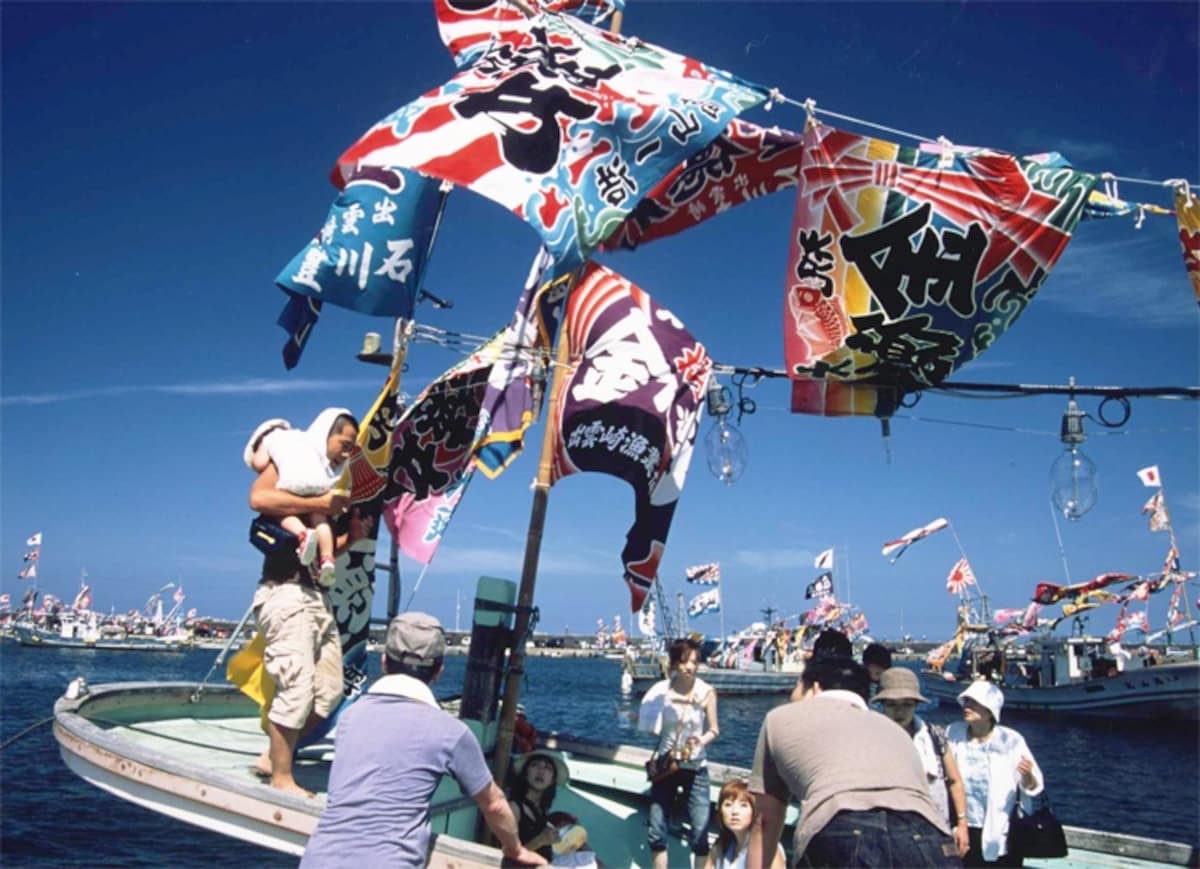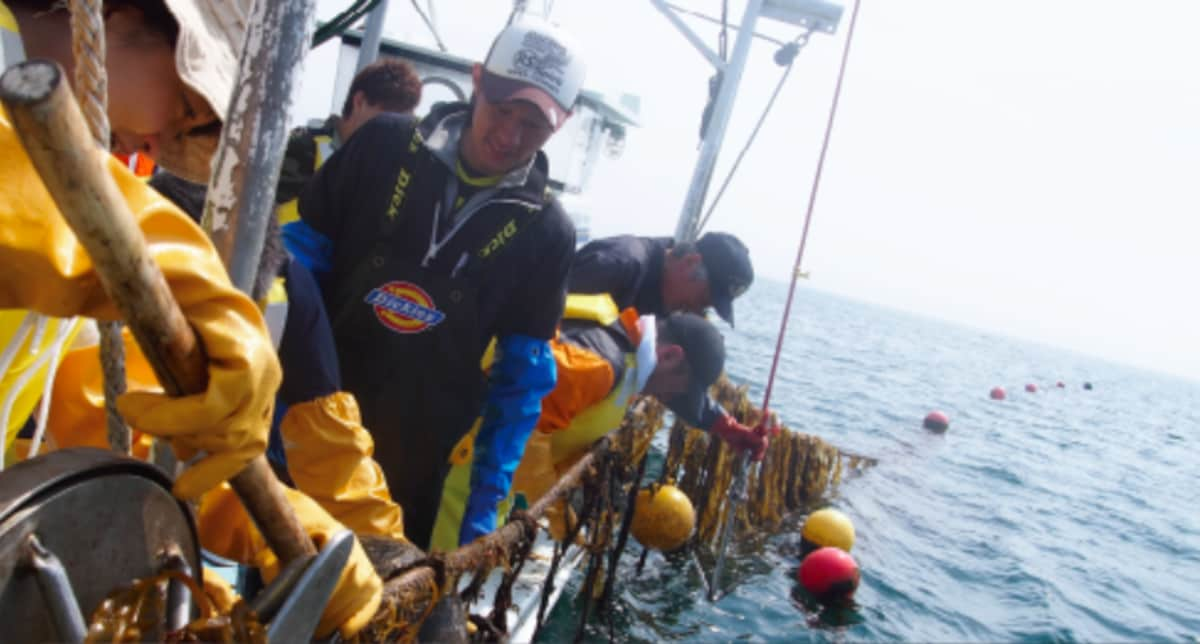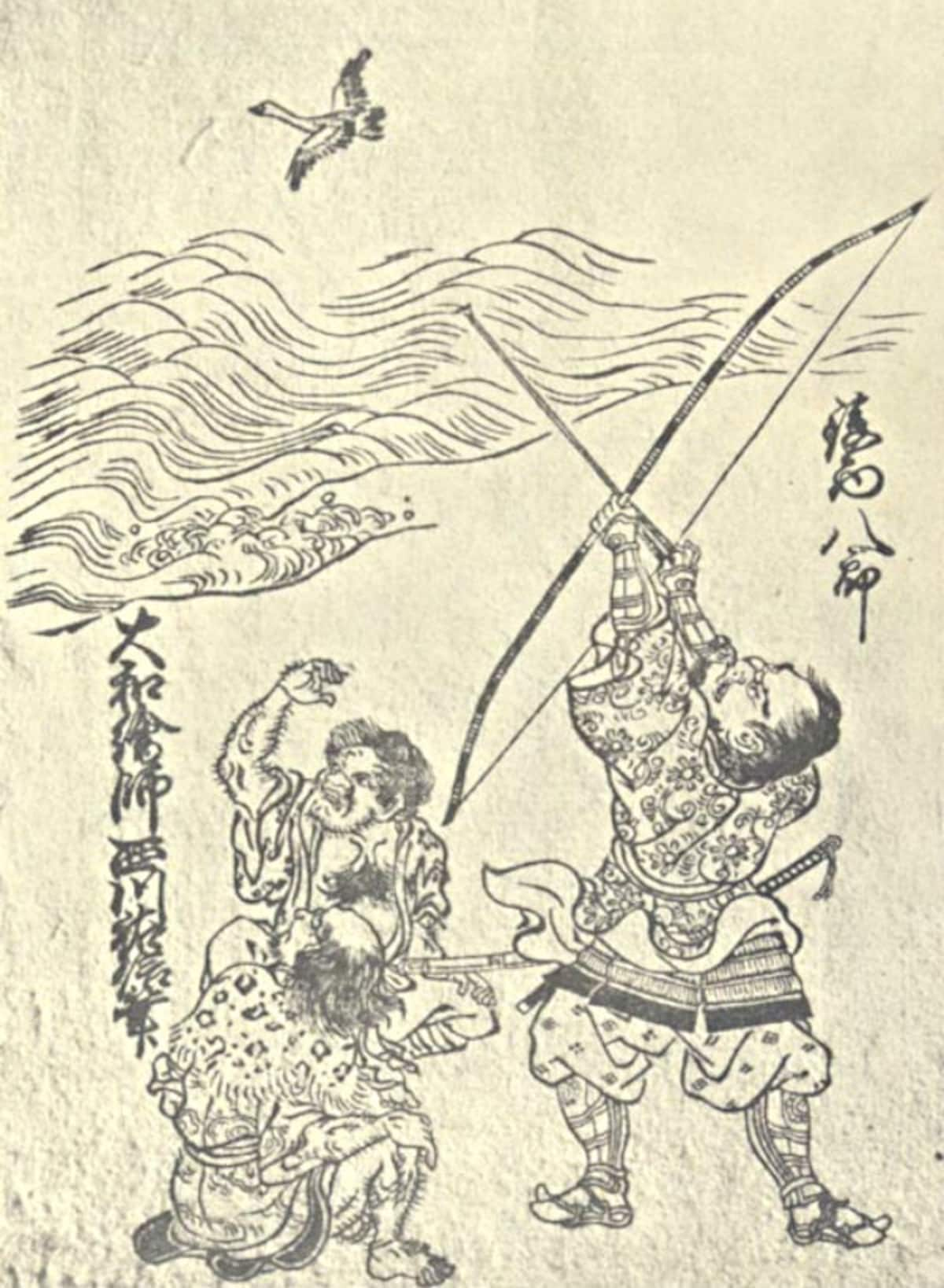Wonders of Japan: Harmony with Nature
In the old days, Japanese people were good at obtaining all of the necessities of life (like water, food and fuel) from near their homes. They lived in close connection with their natural environment and Mother Nature was kind to them, and they gave thanks for this.
By AAJ Editorial TeamFishing
In a country surrounded by the sea, it's natural that fishing goes back to ancient times. The middens, or garbage piles, of the Jomon Period, which began about 15,000 years ago, tell us that fishing was practiced throughout the land.
In the early days of fishing, people sustained themselves with their own efforts in their own area, taking fish and shellfish from the sea and rivers nearby. But by the Muromachi Period (1336-1573), fish and shellfish were being traded within the country and abroad thanks to the development of sea routes. Ports and fishing villages sprang up along the coastline, and fishing industries developed faster and faster.
Fishing techniques were introduced from abroad in the Meiji Period (1868-1912), and tremendous progress since then has given Japan's fishing industry a prominent place in today's markets.
Izumozaki (Niigata)
Izumozaki is a fishing port, and the shoreline of that town extends about 10 kilometers (6.2 miles) along the Sea of Japan in Niigata Prefecture, opposite the island of Sado.
During the Edo Period, the shogunate obtained Sado's gold and silver for its own financial purposes, and Izumozaki was used to unload the minerals from the island.
So lzumozaki has a long and glorious history as a port. A festival of boats is held every year in August as an expression of hope for safety at sea and a large catch. When the boats leave the harbor, their procession and their large banners indicating a big haul show every sense of purpose when summer is in full swing in lzumozaki.
Kesennuma Fisherman's Life Experience Program (Miyagi)
Kesennuma, on the Pacific Ocean, has long prospered as an important center for offshore fishing. You can spend half a day here working under the guidance of fishermen, experiencing their way of life and catching fish with them. This is a great way to learn about the local way of life and a culture that developed in close contact with the sea.
Hunting
The early Japanese were hunting and gathering in the wild centuries ago, certainly as far back as the Jomon Period, which began around the year 15,000 B.C. So, on the Japanese archipelago people were hunting for food—the most primitive form of obtaining nutrition—long before they started cultivating rice.
Hunting methods changed over time, and today hunting is decreasing in Japan. Even so, on rare occasions it does occur, but in an ethical manner showing respect for life and the natural environment, while avoiding reckless actions that could harm habitats. It could be that old ways of living are now being regarded in a somewhat different light.
Sakmaami-ryo / Sakaami-gamo
Sakaami-ryo is a traditional hunting method that has been designated as an Ishikawa Prefecture Folk Cultural Asset. With origins in the Edo Period, it was encouraged as a part of samurai training, being passed down through the generations in an unbroken chain.
This method of hunting is limited to the three months of winter, and when dusk comes, a Y-shaped net is tossed high in the air to catch ducks. However, only 300 of them are caught this way every year. The taste is also rare—the birds don't have the distinctive duck smell, and the flavor remains present even after eating. Sakaami-ryo hunting methods show a respect for, and symbiotic relationship with nature and the wildlife they take by never overhunting.









